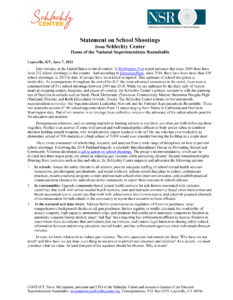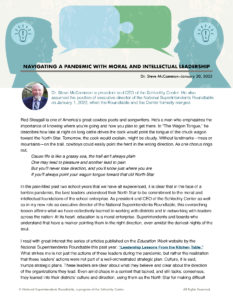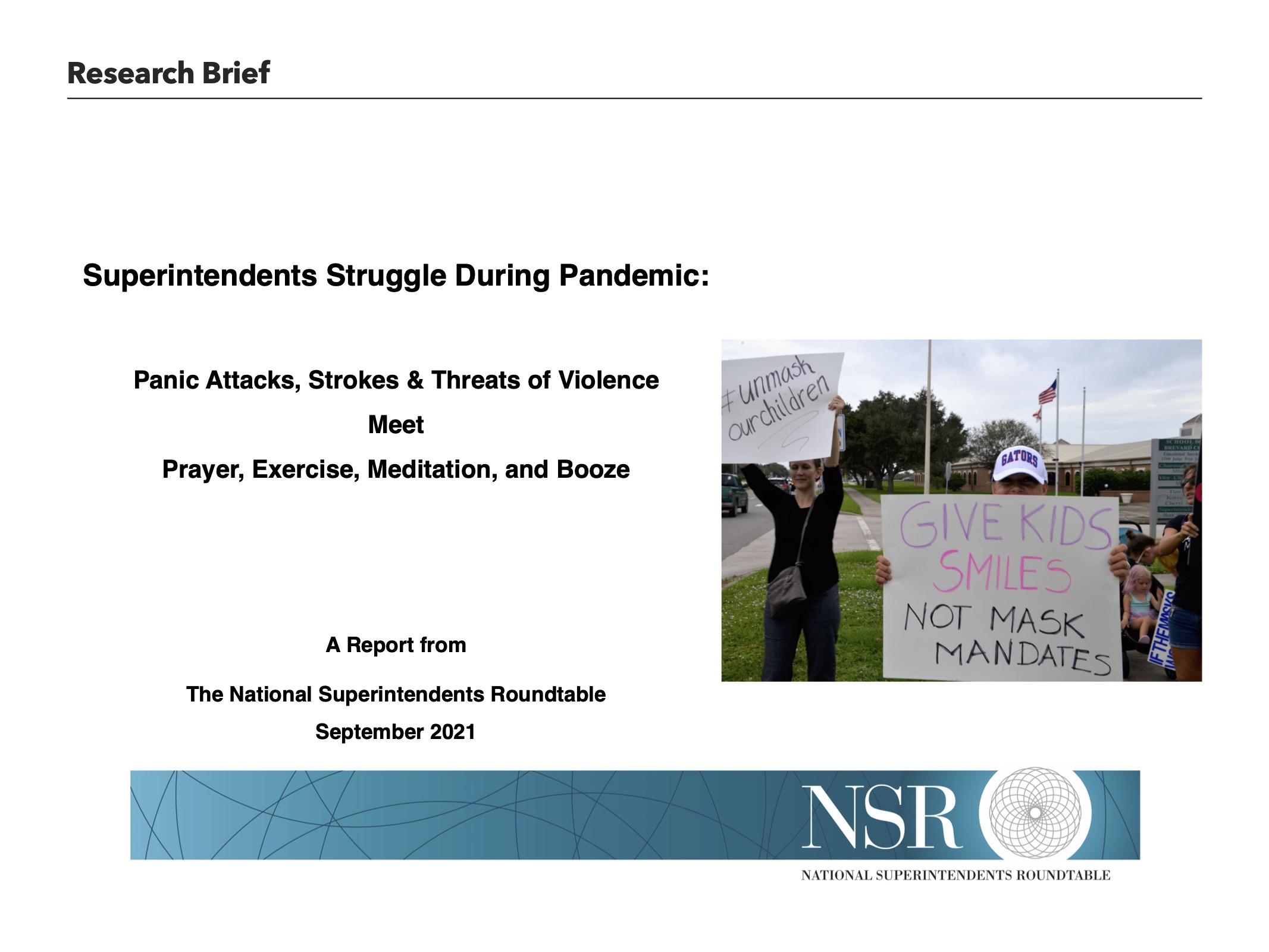CINCINNATI – JULY 31 – AUGUST 2, 2009
Roundtable members left the Cincinnati meeting on “Communities and Schools” convinced that, even though it was short, they had benefited from a quite remarkable gathering. Comments from the participants bore that conclusion out: “Best two days of learning I’ve ever had…” “thought provoking and enlightening…” “Thanks for making my first experience a GREAT one!” “I enjoy learning from speakers who are not necessarily educators…”
We learned a great deal about urban revitalization and gentrification and what is means for low-income urban populations. We had the opportunity to participate in conversations that build on assets, hopes and possibilities, not liabilities, fears and complaints. We explored the importance and challenge of holding “courageous conversations” around race. And we talked about the nature of the Roundtable’s membership and how to define the Roundtable’s agenda as it moves forward.
Over-The-Rhine
Tom Dutton, professor of architecture at Miami University, Ohio, has been working in the Over-The-Rhine neighborhood of Cincinnati since 1981. For two decades he has been bringing architecture students into the community to design new housing and service possibilities for small businesses. His Center for Community Engagement, established in 2000, is located in the community and has provided a base for a semester-long urban residency program for his students for the last four years.
Over-The-Rhine (so-named because it was originally a German community on the other side of a major canal that came to be called “the Rhine”) is typical of many urban minority communities, reported Dutton. In 1950, it had a population of about 30,000, 95% or more of them White; in 2000, population had plummeted to 7,500 and was 80% African-American. It is a maze of contradictions. Median income in the community is $10,000, but it boasts the city’s symphony hall, home to music, ballet and opera, while also housing the second-largest homeless center in the state. Business interests in the city want to revitalize and gentrify it, because it is right beside downtown convention hotels (including the hotel in which the Roundtable met); local residents wonder what will happen to them in a new, hip, upscale Over-The-Rhine.
A confluence of factors has reshaped urban America, said Dutton. Interstate highways bypassed and often split the city. Urban manufacturing facilities have been abandoned in favor of high-rise offices housing services and finance. Fully 90% of the home loans made by the FHA since the 1930s went to suburbia, instead of cities. The combination of these factors has wrecked minority communities in the United States, said Dutton.
People in Over-The-Rhine want everything most of us want, he said. They want jobs. They want nice places to live. They want drugs off the street. They want less crime. But elite public discourse on the community focuses on what’s wrong with it, not its strengths. There is, therefore, a powerful elite consensus in favor of gentrifying the neighborhood, a process that has inevitably led to tossing poor and minority renters out of their communities and replacing them with white owners. Some people refer to it as “econocide” — a way of “arranging for the disappearance of the losers.”
Rebuilding Community
Peter Block, author of The Answer to How is Yes and Community: The Structure of Belonging is a big fan of Dutton’s work. The “brilliance” of the work, says Block is that Dutton understands relationships within the community and has involved students so that they see the community’s gifts, not its problems. How do we move, asked Block, from conversations that focus on deficits to those that encourage giftedness? And how can educators facilitate these conversations?
In an insight applied to Over-The-Rhine that could just as easily be applied to American education, Block noted that the “problem” mentality tends to dominate the conversation and is interested in assigning blame. To the media, said Block, news “is only what’s negative. If you see a positive story in a paper, it’s called a ‘human interest’ story, not a news story.” All of this “leads me to think we need to create our own agenda,” said Block — “and it needs to be an agenda like Tom Dutton’s, one that is painstakingly built on creating relationships, not something built by a stranger showing up with a plan.”
We need a new narrative around the outcomes we want, said Block, a conversation around the positive, not the negative. It must be a narrative that understands community relies on a strong social fabric. It is the fragmented nature of our communities that is pulling the U.S. apart, he argued.
We must understand, concluded Block, that we need connection before content and that the small group is the unit of transformation, because in the small group, everyone’s voice can be heard. Beware of people offering help, was Block’s advice. Don’t offer it yourself. Telling people they need help says that something’s wrong with them. Get into the habit of encouraging people’s gifts.
Block then posed what turned out to be three questions, each discussed in turn in small “knees-together” groups (small three-member groups, sitting with knees 9” from each other) and then discussed with the larger group before the next question was posed:
- What brought you to this meeting? Why was it important for you to come?
- What struck you about the previous conversation?
- At what crossroads do you find yourself at this point in your life?
The answers were less important than the questions and the conversation they generated. But a good question, said Block, should be personal, ambiguous and provoke a modest amount of anxiety. We need to think anew, he concluded, about the new narrative that’s important to America. What is that narrative? Parts of it include some straightforward observations: This country is not as White as it thinks it is. Things aren’t going as well as you believe they are. We need to consider new possibilities for how to bring the classroom into the community. The big question each of us needs to ask ourselves is: “What am I doing to create the world I want?”
A young graduate of Tom Dutton’s program, Beth Calvelage, was very upfront about what she’s doing to create the world she wants. In a moving brief presentation, Calvelage reported that her experience as an intern at Dutton’s design studio caused the scales to fall from her eyes. She didn’t understand that poverty and racism of the sort she saw in and around Over-The-Rhine existed in the United States. But troubled by what she had seen, she returned to rent an apartment in the community to continue to work with the Center for Community Engagement over the summer. Beth showed a short multi-media presentation of Miami University students’ experiences in Over-The-Rhine; she then spoke with the superintendents about the challenges she faces in communicating her work to her family, along with the sense, that although she is safe and secure in the community and is surrounded by friends, on occasion she encounters people who think she is part of the gentrification movement.
Processing the Morning
Phyllis Wilson, superintendent of Joliet District #86, explored the implications of the meeting and expertly led the Roundtable through small group discussions of what it had heard so far and what it meant for superintendents in their districts back home.
With a provocative series of questions, Phyllis asked participants how their thinking had changed and what were the key terms that emerged from the discussions with Dutton and Block. The responses made it clear that Roundtable members wanted to think in new ways about the dynamics in their communities, while exploring avenues to create safe spaces to encourage community building through smaller and more intimate conversations. Some liked the idea put forth earlier by Block of bringing parents/guardians and teachers together so that parents could better understand the lives of teachers, while teachers developed new appreciation for the stresses and pressures of raising a child in the 21st century.
The terms that dominated the conversation included gentrification, reframing, relationships, the importance of the personal, and hope, connections, and courage. The consensus was hard to miss: educators want to move away from the model of deficits and fault-finding to a newer and more optimistic educational discourse.
Courageous Conversations
On Sunday morning a powerful panel led by Steve Price of Middletown Schools focused on the imperative to achieve equity in schools by encouraging “courageous conversations” about race, using the work of Glenn Singleton, co-author of Courageous Conversations as a foundation.
Steve Price led off with a Powerpoint presentation suggesting that while income and class are important, race is still a powerful determinant of educational outcomes. The average ACT scores of African-American students in families making more than $100,000 is about the same as the average of White students in families with incomes below $30,000, he pointed out.
Tonya McCall, Principal of Mason Middle School, Mason, Ohio launched a short exercise to raise people’s awareness. Asking everyone to estimate how much their lives are influenced by race, the estimates ran from 10% to 100%. But white privilege is such a dominant feature of American life, McCall pointed out, that everyone is affected 100% by issues of race, whether they know it or not. People in America are surrounded by issues of race everywhere they turn, but everywhere we go, people struggle to talk about race. But even in avoiding talking about it, we are saying something about it.
Finally, Ray Terrell, an associate dean at Miami University, pointed out that in every community he had studied, the results were consistent. Before going into a school system he would know that a huge achievement gap separated African-American students from their White peers, African American boys were disproportionately singled out for disciplinary problems and special education; and that dropout rates for African-American boys were shamefully high.
Discussion around these issues touched on the challenges of inter-racial marriage, the difficulty of holding conversations around race, and the need to disaggregate data, not just by minority status, but also by gender and within some minority categories (especially Asian and Pacific Islanders). Moderator James Harvey summed it up by pointing out that this had been a long hard road in the United States. On one hand, U.S. Supreme Court nominee Sonia Sotomayor during her confirmation hearings had to deal with white male privilege, which held that her experience as a Latina woman was somehow illegitimate. On the other, President Barack Obama confounded pessimists who thought the US was not ready to elect an African-American president because he had great faith in the people of the United States.
The Roundtable: What It Is and Where It is Going
Saturday afternoon was taken up by talking about what everyone likes to talk about, namely themselves.
In a discussion led by James Harvey and Jerry Kohn (Harrisburg) we looked at the results of the survey of Roundtable members conducted this spring and made some decisions about what the group’s preferences in terms of how it thinks about itself and wants to function as it moves forward.
The survey: Detailed findings from the survey were distributed at the meeting. In general the Roundtable is a group of 78 school superintendents, from 20 states, and the steering committee has agreed to expand membership to 100. Membership is concentrated in the Northeast, Midwest and West.
- This is a well educated and highly-experienced group: 80% hold a doctorate; half have held two superintendents positions or more; and more than two-thirds have served for six or more years.
- Superintendents represent diverse kinds of districts
- Nearly 70% are K-12 districts, and about a quarter are K-8 districts.
- Enrollment ranges mirror national averages. Sixteen percent of districts enroll fewer than 999 students; 5% enroll more than 20,000. Half of the districts enroll between 1,000 and 4,999 students.
- About a quarter of districts report minority enrollments in excess of 40% and about 60% report minority enrollments of 25% or fewer.
- Reported expenditures per pupil range from below $7,500 to in excess of $20,000.
- Superintendents report their major educational challenges to be integrating technology, dealing with the achievement gap, and responding to the needs of students with major needs, such as language difficulties or poverty.
Looking Ahead: The Roundtable spent a lot of time talking about the experience with its past activities – semi-annual meetings, the newsletter, the Chinese Bridge program and the Pegasus conferences (on systems thinking). In the main, the members expressed a great deal of satisfaction with these efforts and turned to how they wanted to describe the Roundtable and structure its meetings for the future. Three major themes seemed to be struck:
- It it’s not broke, don’t fix it. There was near universal approval for the way meetings have been developed and structured. The Cincinnati meeting seemed to introduce a highly useful way for members to engage each other in smaller and more intimate conversations around substance. The group agreed that it wanted to continue with high-level speakers who could challenge our thinking, along with more time to process what we hear in small group discussions during the meeting.
- An elevator speech. After some miscommunication about what we are looking for (a mission statement, goals, objectives) it was agreed that some kind of “elevator statement” that could serve to describe the Roundtable’s work in broad terms would be highly desirable. James Harvey was asked to draft something to share with the steering committee and ultimately the membership.
- A conversation about promise and possibilities. It was clear that the Roundtable members responded powerfully to Peter Block’s sermon on the need to replace the current educational discussion with its emphasis on blame, fault, liabilities and fears with a more positive discussion about promise, possibilities, assets and hopes. We agreed to develop a short fact book on American education that would point out what nobody ever hears: the United States has the most highly educated population and most productive economy on the face of the globe.





